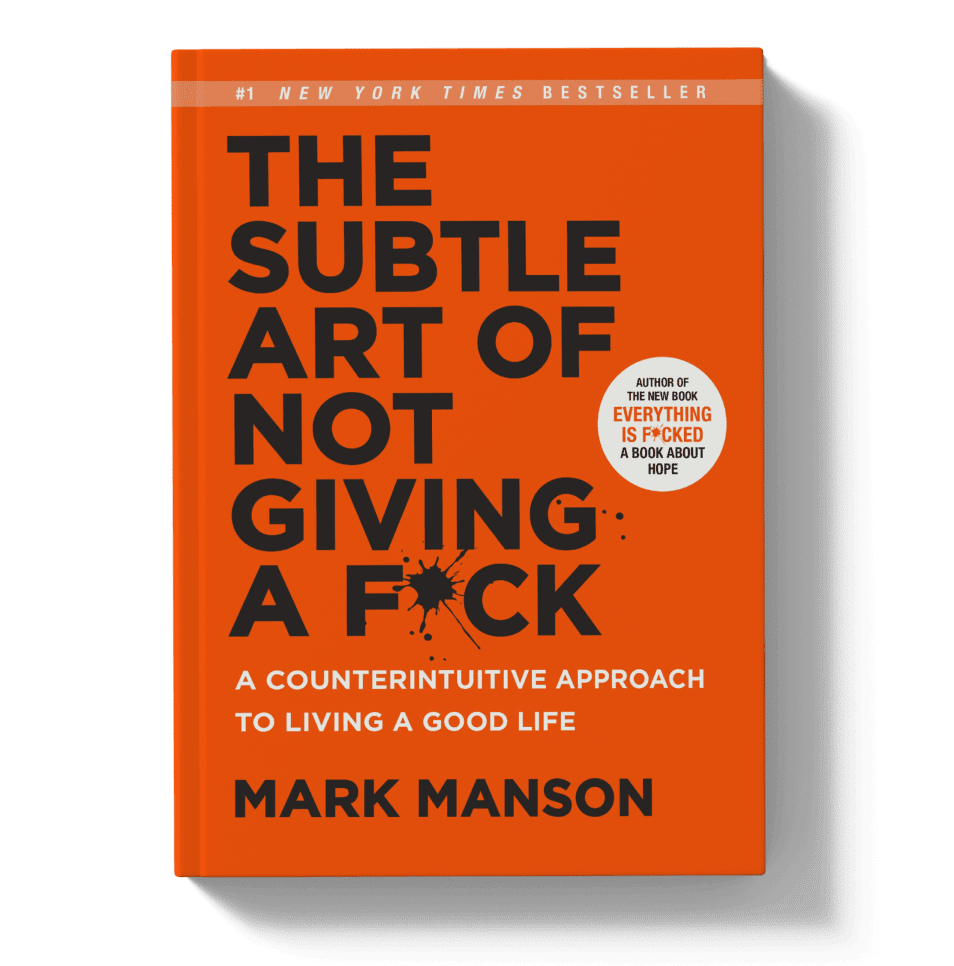Indian stock markets have undergone numerous cycles of growth and correction since the BSE was established in 1875 and the NSE in 1992. According to historical data, Indian bear markets have averaged 8–12 months in duration, with recent analysis indicating an average duration of 246 days (approximately 8 months) for bear markets to reach their bottom. Bull markets in India have typically lasted longer, with some extending for several years during periods of strong economic growth, generally 2–3 years or more.

Market fluctuations cause real worry for investors across India. When the BSE Sensex or NSE Nifty drops sharply, even experienced investors can make decisions based on fear rather than logic. Watching your investments decline can keep you up at night, worrying about your finances.
However, sound financial planning can turn this worry into confidence. Understanding the Indian market and having well-planned investments helps investors feel more at ease. This knowledge helps fight against making decisions based on fear.
It’s essential to recognise that market uncertainty can be an opportunity, not just a risk. With the right mindset and planning, investors can sleep well, no matter the market.
Contents
Bear Market and Bull Market: Key Takeaways
- Indian bear markets typically last 8–12 months, with recent data indicating a duration of 246 days to the bottom.
- Bull markets in India typically last 2–3 years or longer, during periods of substantial economic expansion.
- Nifty 50 corrections average a 14% decline, with 19 corrections observed over the past 16 years.
- Market recoveries in India often create buying opportunities for long-term investors.
- BSE Sensex has delivered annual returns of approximately 15–16% over the long term since 1979.
- Nifty 50 has provided 12–15.2% CAGR over the past 15–20 years.
- Sound financial planning reduces investment-related stress and promotes peace of mind.
- Understanding Indian market trends helps investors maintain perspective during turbulent periods.
Understanding Bull and Bear Market Phases
Understanding market phases is crucial for effective financial planning. Indian financial markets undergo cycles that impact every investment decision. These cycles change how investor confidence and market sentiment shift.
Identifying these patterns helps investors remain calm during challenging times. Market cycles are a natural phenomenon that has persisted throughout history. Each phase has its traits that affect how stocks perform and how investors should act.
What Is a Bull Market?
A bull market is a period when stock prices continue to rise for an extended period—typically a rise of 20% or more from recent lows—driven by strong economic growth, rising corporate earnings, and positive investor sentiment.
Bull markets in India often show:
- Steady or improving job market
- Rising corporate earnings
- Positive investor sentiment
- Increased retail and foreign institutional investor (FII) participation
These good times typically last about 2–3 years, although some have lasted longer during periods of substantial economic expansion.
What Is a Bear Market?
A bear market is characterised by a decline in stock prices of at least 20% from their previous highs. This rule helps distinguish between fundamental bear markets and short-term dips. Such periods often reflect economic slowdown, policy uncertainties, or global market stress.
Bear market signs in India:
- Sustained selling pressure from both domestic and foreign investors
- Declining corporate earnings
- Increased market volatility
- Rupee depreciation pressures
Bear markets in India have averaged 8–12 months, with some as short as 2 months (e.g., 2020 COVID-19 crash) and others lasting over a year.
Bull vs Bear Market: Key Differences
| Factor | Bull Market (India) | Bear Market (India) |
|---|---|---|
| Price Direction | Upward | Downward (20%+ drop) |
| Investor Mood | Optimism, risk-taking | Fear, caution |
| Economic Trends | Growth, strong earnings | Slowdown, weak earnings |
| Trading Volume | High | Low |
| Duration | 2–3 years or longer | 8–12 months (avg. 246 days) |
Knowing when to follow market trends requires understanding these key differences. Each bull or bear market presents its own unique challenges and opportunities to shape your portfolio. The market may switch between these phases many times in an investor’s life.
How Long Have Bull and Bear Markets Lasted in India?
- Bear markets: 8–12 months on average (recent average: 246 days).
- Bull markets: 2–3 years on average, sometimes longer.
- Frequency: Bear markets in India have become less frequent since the 2000s, with major downturns in 2008, 2011, 2015–16, and 2020.
- Recovery: Indian markets often recover strongly after bear phases, but timing the bottom is extremely difficult.
Market Trends and Investor Sentiment
Investor psychology can significantly impact market conditions. In India, emotions such as fear and greed drive much of the buying and selling, which is amplified by news cycles, social media, and global events.
Domestic factors:
- GDP growth, RBI policy, government reforms, corporate earnings
Global factors:
- FII/FPI flows, oil prices, US Fed policy, global economic health
“In the short run, the market is a voting machine but in the long run, it is a weighing machine.” — Benjamin Graham
Recognising Market Changes: Bullish or Bearish Signals
Spotting changes in market sentiment needs careful watching of many signs:
- High trading volumes with rising prices
- Economic data: jobs, inflation, industrial production
- FII inflows or outflows
- Media coverage and social media trends
- Corporate buybacks and insider activity
Professional investors watch these signs, along with financial data, to identify market turning points. The challenge is to know when feelings are just temporary and when they truly indicate a lasting change.

The Role of Market Phases in Portfolio Performance
Market phases significantly impact a portfolio’s performance. Timing the market is extremely hard—missing just a few of the best recovery days can hurt returns. In India, many of the best days often follow major downturns.
Bull markets are suitable for growth strategies, while bear markets are more suitable for defensive ones. But market changes are unpredictable. Maintaining a diversified portfolio across all phases often works better than trying to switch based on emotions.
Diversifying your portfolio is key in changing market phases. Different investments react differently to market cycles. This mix helps your portfolio do better in all market conditions.
How Bull and Bear Markets Affect Investors
Market cycles have a significant impact on how investors think and act. The ups and downs of the market can lead to emotional decisions that harm long-term financial goals.
Daniel Kahneman’s research shows that people tend to feel losses more intensely than gains. This makes investors cautious and can lead to poor timing. It’s key to understand these biases to make better investment choices.

Common Investor Mistakes in Bull vs Bear Markets
| Market Phase | Common Mistake | Psychological Driver | Financial Impact |
|---|---|---|---|
| Bull Market | Buying at peaks | FOMO | Reduced long-term returns |
| Bull Market | Excessive risk-taking | Overconfidence | Portfolio concentration |
| Bear Market | Panic selling at the bottom | Loss aversion | Crystallised losses |
| Bear Market | Avoiding all investments | Risk paralysis | Missed recovery gains |
Trying to time the market is a big mistake. Investors often end up buying high and selling low. Chasing performance and reacting emotionally can hurt returns.
Managing Anxiety During Market Changes
Managing anxiety in volatile markets needs both mindset shifts and practical steps:
- Reframe downturns: View bear markets as opportunities to acquire high-quality assets at lower prices.
- Long-term view: Indian markets have consistently recovered from downturns, although the timing is unpredictable.
- Diversify: Utilise a mix of stocks, bonds, gold, and international funds for added stability.
- Regular reviews: Check your portfolio periodically, not daily.
- Set clear goals: Define your investment objectives and timeframes.
Building a Resilient Portfolio for Any Market
Effective financial planning involves building a portfolio that can withstand all market phases.

Portfolio Diversification in Bull and Bear Markets
- Asset classes: Indian stocks, bonds, gold, real estate, and international funds.
- Sectors: Mix of defensive (FMCG, pharma) and growth (IT, banking, infra) sectors.
- Geography: Some international exposure reduces reliance on India’s economy.
Security Selection: Defensive vs Growth Strategies
- Defensive: Blue-chip stocks, bonds, gold, and dividend-paying companies.
- Growth: Emerging sectors (tech, renewable energy), mid- and small-cap stocks (with caution).
A mix of both strategies often works best. The rule of thumb is to invest in stocks based on your age (e.g., 100 minus your age = % in equities), adjusted for longer life expectancy.
Adjusting Your Portfolio for Market Trends
| Market Condition | Recommended Action | Asset Focus | Risk Level |
|---|---|---|---|
| Bull Market Peak | Reduce equity exposure | Defensive stocks, bonds, and gold | Lower |
| Bear Market Bottom | Gradually add equities | Quality large-caps, index funds | Higher |
| Market Uncertainty | Maintain balance | Diversified allocation | Moderate |
| Economic Recovery | Increase equity exposure | Cyclical sectors | Moderate-High |
Rebalancing your portfolio at least once a year keeps it aligned with your goals.
Sound Financial Planning for Peace of Mind
Good financial planning turns market uncertainty into clear investment choices. When the market changes worries us, a solid plan shows the way through both good and bad times.

Emergency Funds: Security When Markets Change
Emergency funds are the heart of financial safety in uncertain times. Most financial advisors recommend:
- Salaried individuals: Start with 3-6 months of expenses in liquid assets and try to build up to 6–12 months of expenses in liquid assets
- Business owners: 12–18 months due to income volatility
- Retirees: 2–3 years in debt or liquid funds
Emergency funds should be tiered:
- Immediate access for urgent needs
- Short-term reserves for big purchases
- Investment opportunity funds for market dips
Sleeping Better Every Night—Practical Tips for Investors
- Limit news consumption: Excessive financial news can exacerbate anxiety.
- Sell to your sleeping point: If volatility keeps you up, reduce risky assets.
- Stay active: Exercise and social connections help manage stress.
- Seek professional help: Consult a SEBI-registered advisor for unbiased guidance.
Indian stock markets, led by the Sensex and Nifty, have demonstrated resilience through numerous market cycles. Despite bear markets averaging 8–12 months, markets have always recovered and reached new highs. Patience, discipline, and a long-term perspective are essential for success in the Indian market. Maintain adequate emergency funds, and you’ll sleep better every night—no matter what the market does.
Understanding Bull and Bear Markets – FAQs
How do bull and bear markets affect investors?
Investors may adjust their strategies based on whether they believe the market is in a bull or bear phase. In a bull market, they might seek to capitalise on rising prices. In contrast, in a bear market, they may adopt more conservative approaches to mitigate market risk and protect their portfolios.
What are the typical characteristics of a bull market?
Bull markets typically exhibit sustained increases in stock prices, higher trading volumes, and overall market optimism. Investors anticipate that prices will rise, resulting in increased buying activity and a potential bull run in the market.
How long do bull markets last compared to bear markets?
On average, bull markets last longer than bear markets. Historically, the average bull market has lasted around 2-3 years, while bear markets have typically lasted about 8–12 months (avg. 246 days). This discrepancy reflects the general upward trend of the stock market over time.
What influences market sentiment during bull and bear markets?
Various factors, including economic indicators, corporate earnings, and geopolitical events, influence market sentiment. In a bull market, positive news tends to boost investor confidence, whereas negative news can exacerbate bearish trends in a bear market.
What is the significance of significant stock market indices like the NIFTY50 & BSE-SENSEX?
The NIFTY50 & BSE-SENSEX, and other major stock market indices, serve as benchmarks for the overall market performance. They reflect the market movements and trends, helping investors gauge whether the market is experiencing a bullish or bearish phase.
How can investors protect themselves during a bear market?
During a bear market, investors can protect themselves by diversifying their portfolios, investing in defensive stocks, or considering options like hedging strategies. This approach helps mitigate the impact of market downturns and maintain a balanced investment strategy.
How do market fluctuations impact investor decisions?
Market fluctuations can significantly impact investor decisions, prompting them to reassess their strategies in light of current market conditions. In a bullish market, rising prices may encourage more aggressive investing, while in a bearish market, falling prices may lead to more cautious approaches.








Regarding the section on market trends and investor sentiment, it’s crucial to also consider external economic factors. These can significantly influence market sentiment beyond just investor behavior.
in my days, we didn’t have bull or bear markets, we just had markets and we were grateful. this all seems too complicated.
Times change, UncleRaj. Now we’ve got all this info to help us make better decisions. It’s not that bad once you get the hang of it.
Great, just when I start investing, it’s a bear market. Guess I have the perfect timing. Not.
Bear market? I thought that was when the zoo’s stock market crashes because of too many bears haha. Jokes aside, good to know this stuff.
reading about these market changes is freaking me out, lol. how do you even start to feel confident in such a fluctuating market?
The explanation on building a resilient portfolio for any market is just what I needed. Thanks for sharing such valuable insights!
LoL, if only understanding market trends was as easy as reading this article. It takes years to get this stuff right.
i don’t fully agree with the section on investor mistakes. i think it’s more about market condition than personal errors. anyone else thinks the same?
I respectfully disagree, VinodKumar. The article points out common pitfalls that many investors, including myself, have experienced. It’s a mix of market conditions and personal decision-making.
This article perfectly outlines the differences between bull and bear markets, which is super helpful for my studies. Thanks for making it easier to understand these concepts!
Hey Vishal, loved the read on bear vs bull markets. How exactly can someone tell when the market’s gonna switch from bear to bull? Is there a sign or it just happens?